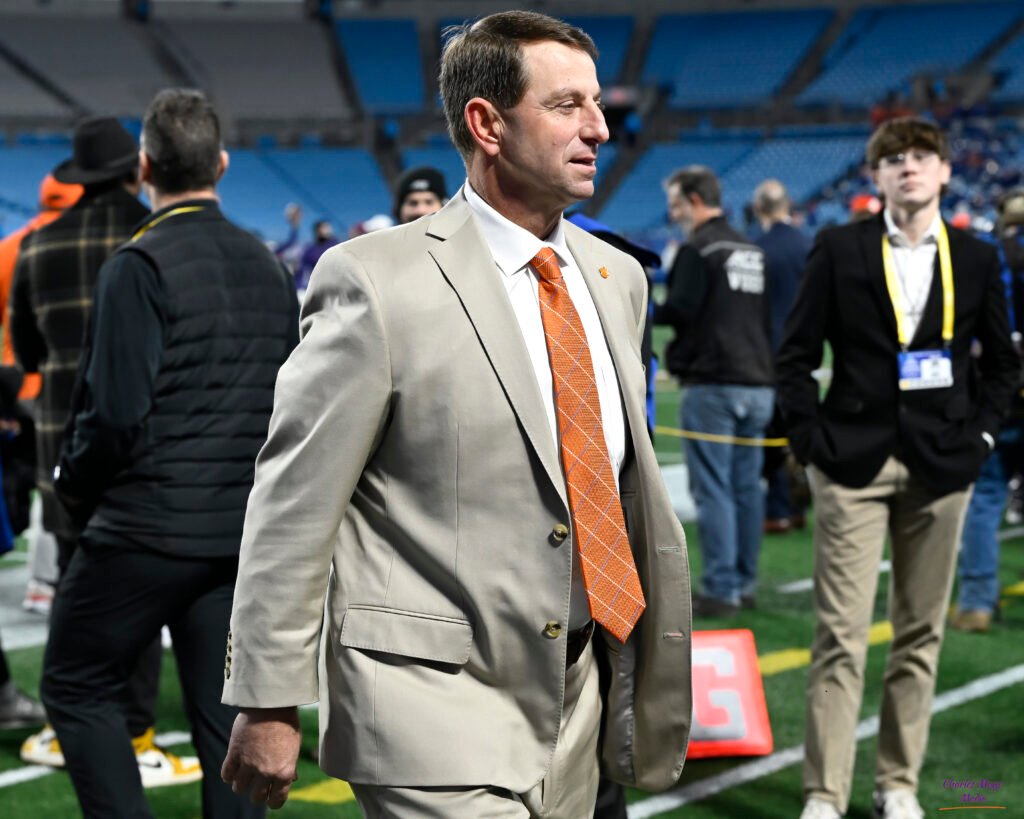$20.5 Million Shift: Revenue Sharing Reshapes College Football’s Power Structure
What Does Revenue Sharing Mean for Us?
After years of chaos, shifting power dynamics, and questionable NIL dealings, college football finally has a stabilizing force — revenue sharing. Once considered a pipe dream amid the sport’s “Wild West” era — a phrase famously used by Clemson head coach Dabo Swinney — revenue sharing has officially arrived. It marks a seismic shift in how student-athletes are compensated and how programs are managed.
What Is Revenue Sharing?
For those unfamiliar with the concept, revenue sharing formalizes and institutionalizes athlete compensation within collegiate programs. Schools can now allocate up to $20.5 million annually from their athletic department revenue directly to athletes. It’s the NCAA’s version of a salary cap — but funded by the schools and distributed across all sports.
Make no mistake, this isn’t the death of NIL (Name, Image, Likeness) — but it’s a major evolution. Unlike the previous, largely unregulated NIL landscape where under-the-table promises and backdoor deals ran rampant, revenue sharing brings oversight and structure. It’s NIL with guardrails. The days of shady strawman contracts and rogue boosters operating in the shadows are drawing to a close.
Clemson Leading the Charge
Clemson has emerged as a vocal proponent of this new model. The Tigers, long a powerhouse in the college football world, see revenue sharing as a great equalizer — a system that brings consistency for athletes while promoting transparency and fairness across departments.
According to reports, Clemson plans to allocate roughly 80% of its $20.5 million to football alone, with the remaining 20% distributed among its other athletic programs. It’s a model that underscores football’s dominance in college athletics, but also shows a continued commitment to supporting athletes across the board.

Roster Reform: The Tough Trade-Off
Revenue sharing isn’t the only structural change sweeping through college football. The new era also introduces a hard cap on roster sizes, limiting teams to 105 football players. That shift has already sparked controversy — especially from coaches like Dabo Swinney, who have expressed deep frustration at the human cost of these changes.
Swinney, known for his walk-on-friendly culture, has been candid in his disappointment over having to trim players from the roster to meet the new requirement. This change may hit walk-ons hardest, potentially reshaping team dynamics and recruitment philosophies.
Lawless Era Comes to a Close
At its core, the arrival of revenue sharing aims to restore order to what had become a chaotic, hyper-commercialized version of college football
Over the past few years, we’ve seen multimillion-dollar NIL offers thrown around like confetti, with little oversight and even less accountability. The introduction of revenue sharing, combined with roster limitations and clearer NIL guidelines, represents a much-needed recalibration.
In Conclusion
Whether you’re a coach, player, fan, or administrator, the question everyone’s asking is: What does revenue sharing mean for us?
The answer is simple — it’s a return to structure, fairness, and sustainability.
It brings transparency to a murky NIL landscape and gives schools the tools to properly compensate athletes while maintaining competitive balance. For fans, it promises a more authentic version of the sport we love. For athletes, it provides legitimacy, security, and meaningful financial support that reflects their value on and off the field.
For programs, it introduces accountability and alignment. And for college football as a whole, it offers something it’s lacked for years — a foundation that might finally turn the Wild West into something that feels more like home.
Tune in to our upcoming Tiger View Podcast episode, where we will touch on this subject more. Subscribe on YouTube or wherever you listen to your podcast, including https://tigerviewmediacu.com
















